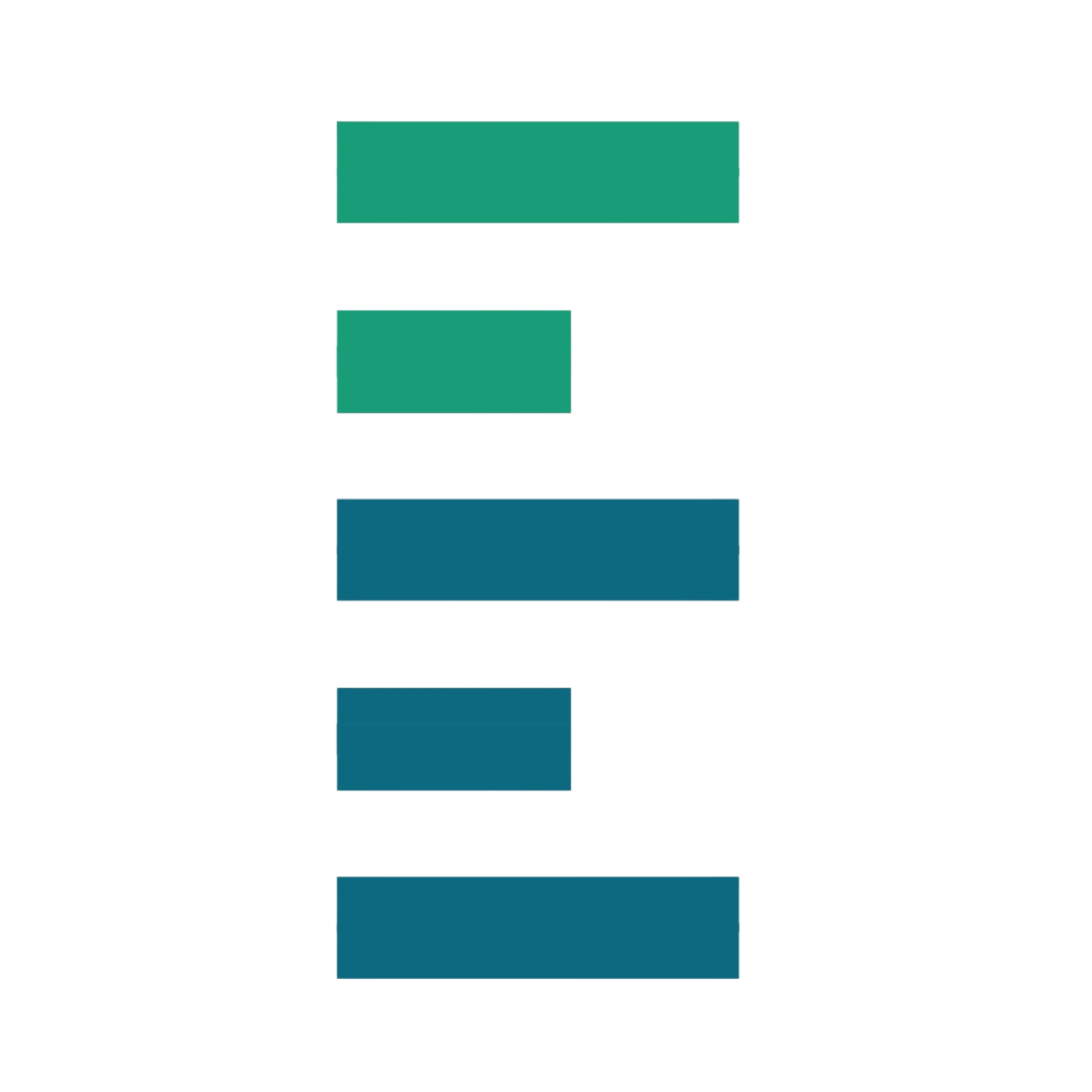The Hague Convention on International Child Abduction: Navigating the Legal Pathway
International child abduction cases are among the most urgent and complex matters in family law. The stakes are deeply personal—and the legal pathways unforgiving. In most cases, you only get one chance to get it right.
The Hague Convention on the Civil Aspects of International Child Abduction (“the Convention”) is a multilateral treaty designed to secure the prompt return of children wrongfully removed from, or retained outside, their country of habitual residence. It does not determine custody; rather, it decides where custody disputes will be resolved.
Global Reach – and Its Limits
Australia ratified the Convention in 1986, implementing it through Section 111B of the Family Law Act 1975 and the Family Law (Child Abduction Convention) Regulations 1986. Over 100 countries are now parties to the Convention.
However, not all countries are signatories, and the Convention only applies where both the country the child was taken from and the country they are in have agreed to operate the Convention with each other. If the other country is not a partner under the Convention, the process changes entirely—making specialist advice essential from the outset.
The Left-Behind Parent: Starting the Process
If your child has been wrongfully taken or retained overseas, timing is critical. The process begins with Form 1, lodged with the Australian Central Authority (the Attorney-General’s Department).
Form 1 is not just an administrative step—it is your gateway to having the application accepted and acted upon. A poorly completed or incomplete application risks delay or rejection, and delay can seriously weaken your case.
If an application is filed within one year of the wrongful removal or retention, the court will generally order the child’s return unless an exception applies.
The Removing Parent: Article 13 Defences
The Convention provides only limited exceptions under Article 13, which are strictly interpreted:
1. Consent or Acquiescence – The left-behind parent consented to, or later accepted, the removal or retention.
2. Grave Risk of Harm or Intolerable Situation – Returning the child would expose them to physical or psychological harm, or place them in an intolerable situation.
- In Australian practice, allegations of family violence—including coercive control—can be central to this defence if there is credible evidence that return would place the child or removing parent at risk. The court will scrutinise the nature and severity of the alleged harm and whether adequate protections could be put in place in the country of return.
3. Child’s Objections – The child objects to the return and has reached an age and maturity where their views should be considered.
Each defence requires clear, credible, and well-prepared evidence. The burden is high, and vague assertions will not succeed.
Why Choosing the Right Lawyer Matters
Hague matters demand specialised, cross-border family law expertise. The procedural rules are strict, the deadlines are short, and the consequences of an error are profound.
At Hope Earle Lawyers, we have extensive experience acting for both left-behind and removing parents in Hague Convention proceedings. We work closely with the Australian Central Authority, overseas authorities, and international legal counterparts to ensure our clients’ cases are prepared and presented at the highest standard—right from the outset.
Our Commitment
Whether you are seeking the prompt return of your child or defending against a return application on the basis of grave risk, family violence, or other grounds, we are here to protect your rights and guide you through the process with precision, urgency, and compassion.
Contact us today - because in Hague matters, the right advice at the right time can make all the difference.

